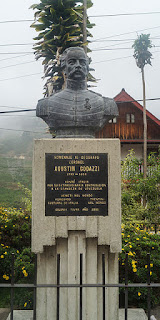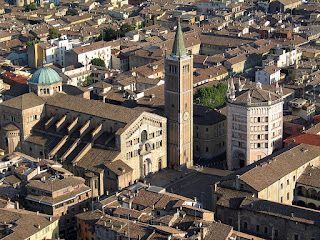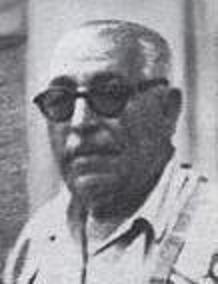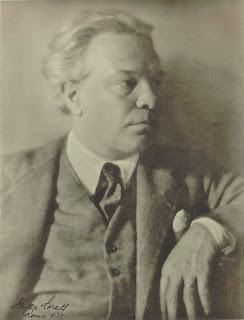Italian who mapped first route for Panama Canal
 |
| Agostino Codazzi became a national hero in Venezuela after fighting for Napoleon |
When the canal was eventually built by United States engineers, they followed the precise route that Codazzi had recommended, although the Italian has not been credited in the history of the project.
Known in Latin America as Agustín Codazzi, he was born Giovanni Battista Agostino Codazzi.
As a young man, he was excited about the French Revolution and the idea of the ruling classes being overthrown by the people in pursuit of a more equitable society. After attending the Scuola di Artiglieria military academy in Pavia, he joined Napoleon’s army and served with them until the Napoleonic empire collapsed in 1815.
It was then that he decided to travel further afield, finally settling in Venezuela, where he offered his military knowledge to another revolutionary, Simón Bolívar - known as El Libertador - who played a leading role in the establishment of Venezuela, Bolivia, Colombia, Ecuador, Peru, and Panama as sovereign states, independent of Spanish rule.
 |
| Codazzi produced extensive and detailed maps of Venezuela |
His creation of an Atlas of Venezuela led to him being awarded the Legion of Honor by the King of France in 1842, on behalf of the French Academy of Science.
Venezuela, on whose behalf he quelled many revolts during the establishment of the republic, honoured him with citizenship, and the president, José Antonio Páez, made him Governor of Barinas, a region of southwestern Venezuela.
 |
| The monument to Codazzi in Colonia Tovar |
Codazzi died of malaria in February 1859 in the small town of Espíritu Santo in the Colombian mountains, which was subsequently renamed Aldea Codazzi.
Venezuela honored the memory of Agustín Codazzi by placing his remains inside the National Pantheon of Venezuela in 1942, which is reserved for those considered national heroes.
He is also honoured with a monument in Colonia Tovar, a small German settlement in the Venezuelan central mountains that he helped establish and which still exists today.
 |
| The Este Castle in Lugo di Romagna |
Lugo di Romagna is a town of 32,000 people about 30km (19 miles) west of Ravenna and 18km (8 miles) north of Faenza in Emilia-Romagna. It was overrun by Napoleonic forces while Codazzi was a child. Its most famous monument, the Rocca Estense (Este Castle), was partially rebuilt during the French occupation. The interior houses portraits of famous lughesi and a lunette attributed to Mino da Fiesole. Also of note is the 19th century covered market hall known as Il Paviglione and the restored 18th century Teatro Rossini. Apart from Codazzi, famous lughesi include the First World War fighter pilot Francesco Baracca.
 |
| The Duomo and Baptistery in Parma, one of several great medieval cities in Emilia-Romagna |
The Emilia-Romagna region in northern Italy, which borders Apennine mountains to the south and the Po river in the north, has something for everyone, from its wealth of medieval cities, such as Parma, Modena, Reggio Emilia, Ferrara and Ravenna, to lively seaside resorts such as Rimini, Riccione and Cattolica. The capital, Bologna, is a vibrant city with an 11th-century university, and arched porticoes lining the streets and squares of its medieval centre. The area is famed for its gastronomy, producing many of Italy’s most famous foods, such as grana parmigiano cheese, balsamic vinegar and prosciutto di parma.
More reading:
The first comprehensive map of Italy
When Napoleon became King of Italy
The story of Lugo's famed flying ace Francesco Baracca
Also on this day:
1664: The death of Stefano della Bella, sketch-maker to the Medici
1884: The birth of tragic artist Amadeo Modigliani
Home










